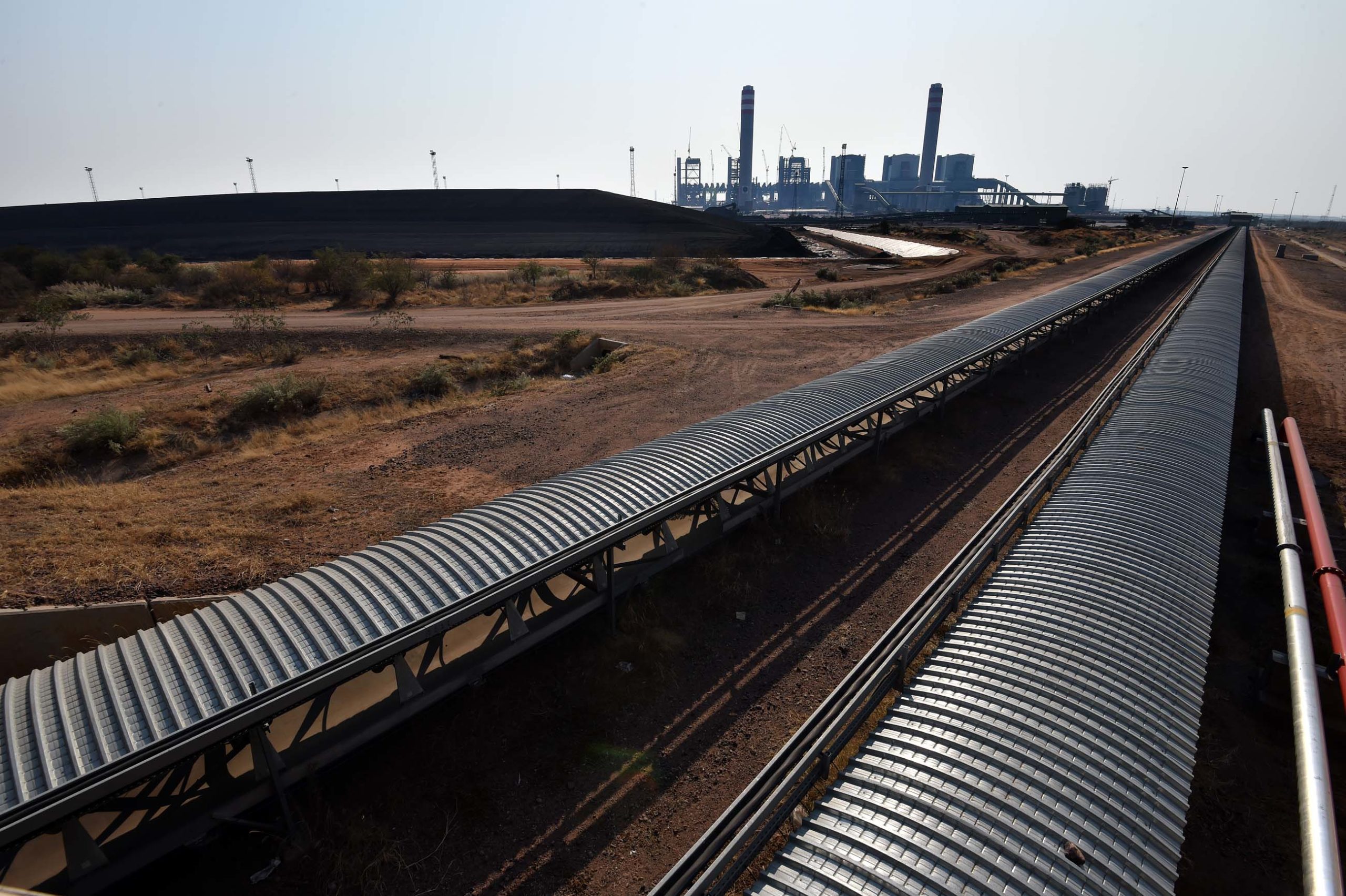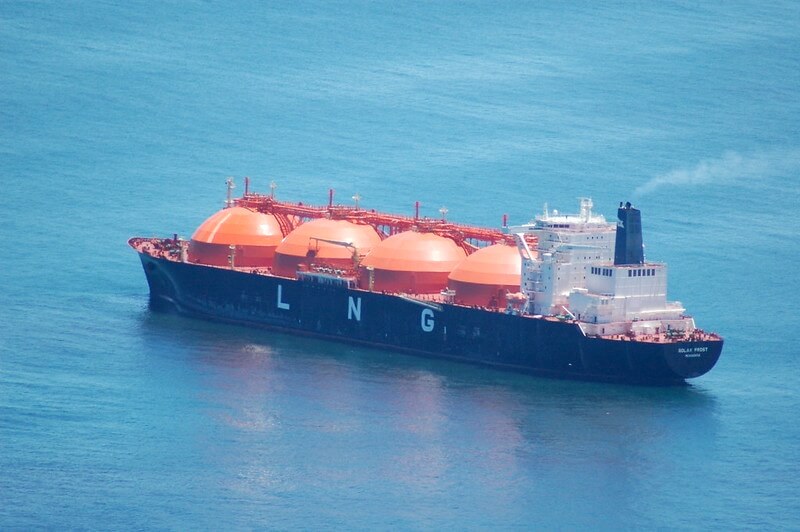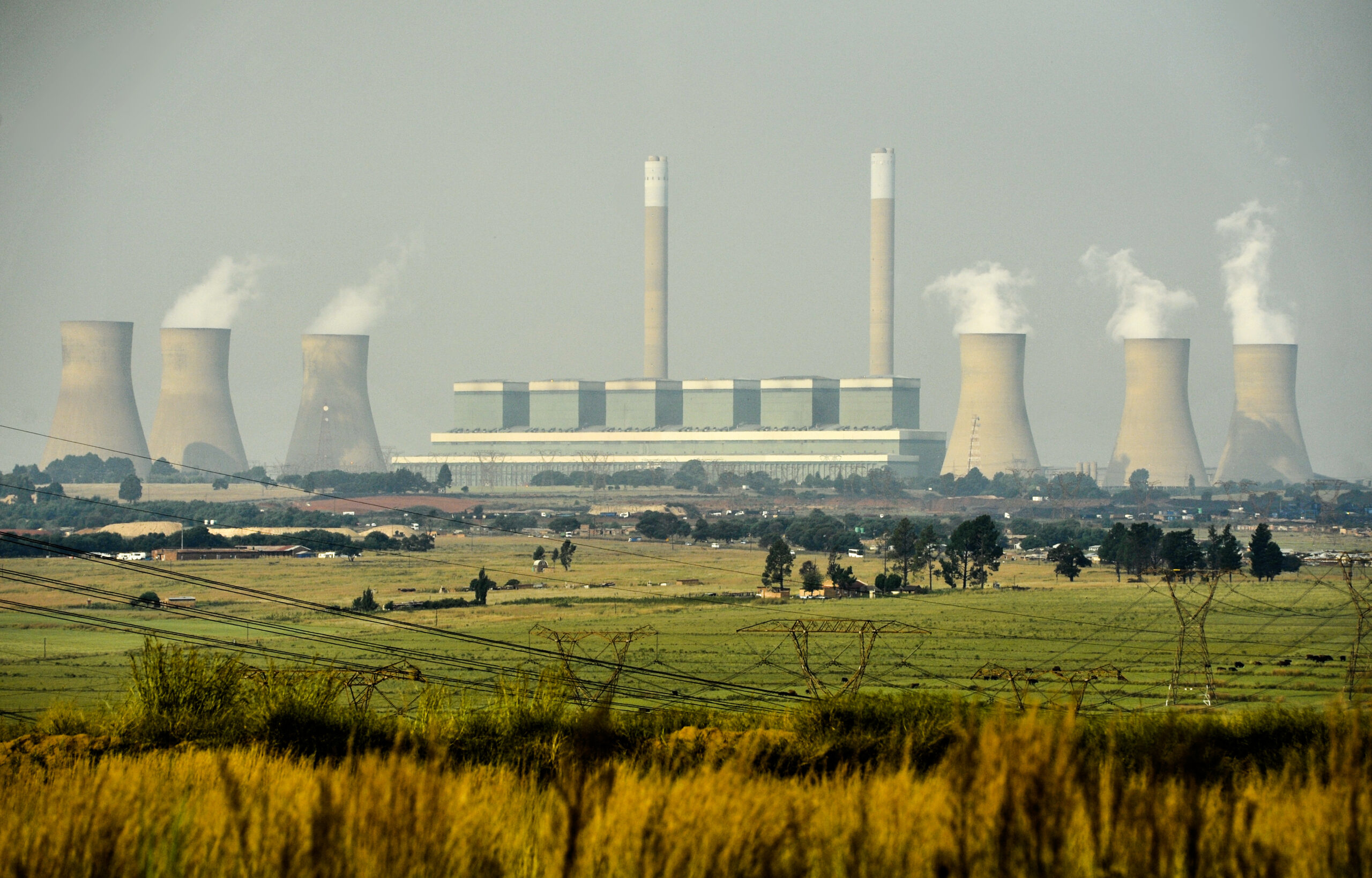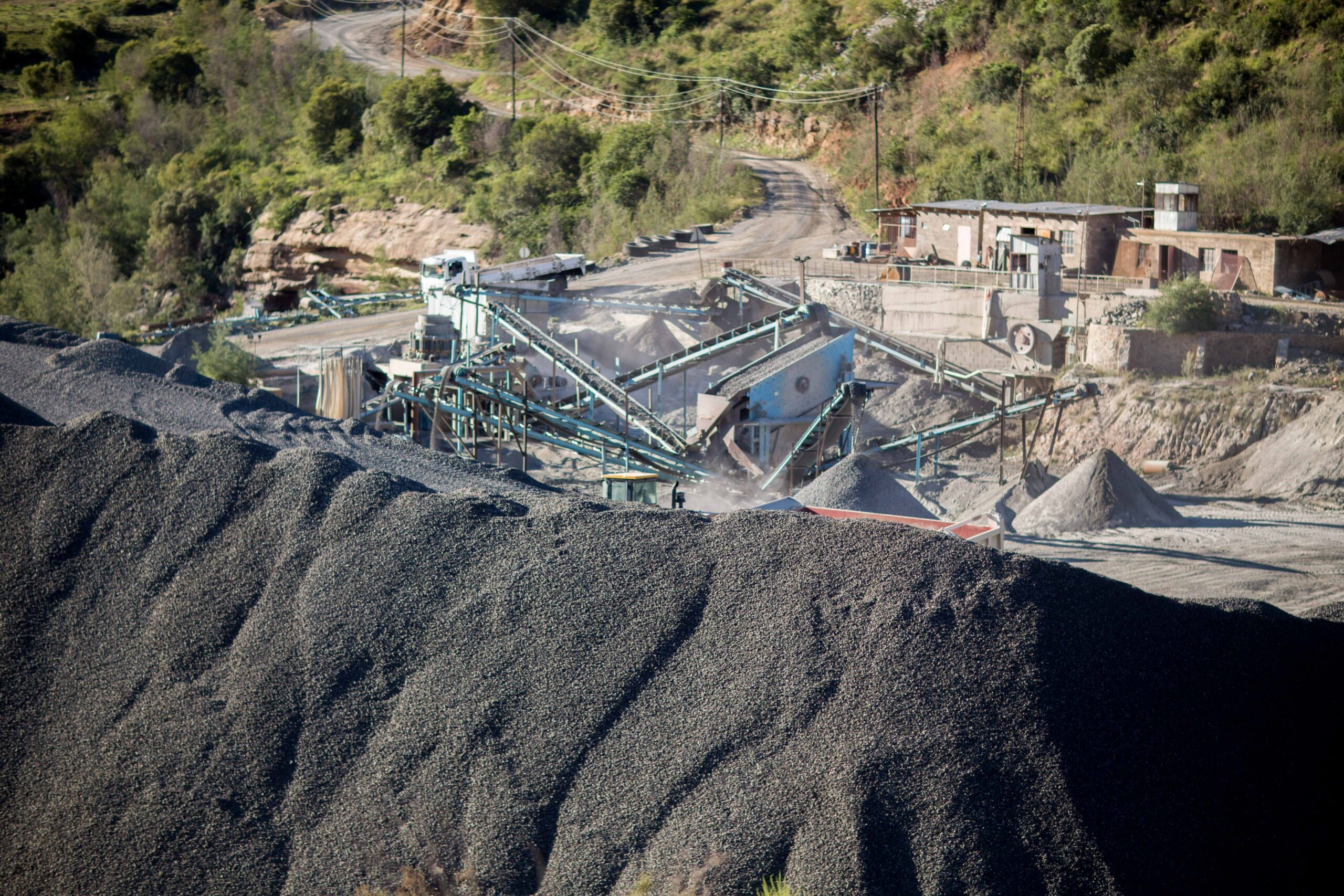The role of gas in South Africa’s Integrated Resource Plan (IRP)
South Africa’s Integrated Resource Plan (IRP) is the country’s long-term energy plan until 2030. It became official government policy in October 2019. It is an updated version of the previous IRP, which was officialised in March 2011. The IRP takes into account South Africa’s commitments to limit its emissions under the Paris Agreement.
The IRP sets out the government’s preferred choice of technology required to meet the expected growth in electricity demand until 2030. It is drawn up in consultation with a wide range of stakeholders, including labour and business. Those drawing up the document must take into account how to ensure that electricity is affordable, how to reduce greenhouse gas emissions and water consumption, and how to diversify electricity generation sources – among other factors.
The IRP and greenhouse gases
The document states that South Africa’s emissions are expected to peak and subsequently plateau from 2024. It acknowledges that the energy sector contributes about 80 per cent of the country’s total greenhouse gas emissions. At least half of these emissions are from electricity generation and liquid fuel production, through state-owned electricity producer Eskom and state-owned chemicals company Sasol.
The IRP notes that much of Eskom’s coal-powered fleet is reaching the end of its life. Therefore, some power stations will be decommissioned until only 59 per cent of the national grid is powered by coal by 2030. At the moment, coal makes up about 74 per cent of the national grid.

The IRP and gas
The IRP makes provision for gas-to-power technologies to be integrated into South Africa’s grid. It says that gas-to-power technologies “provide the flexibility required to complement renewable energy”. As South Africa currently has no large source of gas, in the short term, the country will import gas. Local and regional gas resources will then be scaled up. Meanwhile, local shale gas and offshore gas reserves will be pursued and “must be accelerated”. Minerals and Energy Minister Gwede Mantashe has said that gas could be a “game changer” for South Africa.
The comments at the end of the IRP document show that there was concern regarding gas being a fossil fuel and not clean energy during discussions. But, the Department of Energy responded that gas was “cleaner than other fossil fuels”.
Gas is not a cleaner fossil fuel
Gas is not a cleaner fossil fuel. As a result, it cannot be considered an appropriate transition fuel. It is true that the main component of gas, methane, does not stay in the atmosphere as long as carbon dioxide. Additionally, burning gas emits less carbon dioxide than burning coal. However, methane leaks along the gas supply chain before humans burn it as fuel. Furthermore, methane is an extremely powerful greenhouse gas. In fact, it is 120 times more powerful than carbon dioxide at trapping heat when it enters the atmosphere. It is 86 times stronger over a 20 year period.
Fracking and offshore gas exploration can also be environmentally disastrous, poisoning drinking water and devastating ecologically sensitive areas like the Karoo. Offshore exploration is no less dangerous.
The rigged tender
South Africa’s efforts to secure gas-to-power technologies so far are littered with allegations of corruption. To address South Africa’s urgent electricity crisis, the Department of Minerals and Energy put out a call for bids for companies that could provide electricity quickly and cheaply. One of the biggest winners was Turkish company Karpowership, which was contracted to provide liquefied natural gas through anchored vessels, stationed off South Africa’s coast. The losing bidders allege that Karpowership won the tender through corruption, and the matter is before the courts.

Lengthy contracts
Corruption allegations aside, the power ship arrangement does nothing to solve South Africa’s energy crisis, experts say. The power purchase agreements are 20 years long, meaning South Africa will be trapped in a gas-to-power arrangement for decades. The ships are more suited to peaking, as opposed to being a long-term energy supply. Moreover, the least costly option outlined in the IRP is renewables. Therefore, gas-to-power ships like these should be relied on far less than they will be.
South Africa’s IRP and fossil fuels
South Africa’s IRP envisages additional coal, gas and nuclear power being added to the energy mix. This includes the addition of two new coal plants at 750 megawatts (MW) each, coming online in 2023 and 2027. The IRP sees 1,860 MW of nuclear power coming online in 2024. However, this is because South Africa will extend the life of the country’s existing nuclear plant, Koeberg.
Furthermore, the IRP envisages 3,000 MW of gas and diesel power to come online in 2024 and 2027.
Coal
The IRP says that South Africa must pursue so-called “clean” coal technologies and carbon capture storage, while being mindful of the “financing constraints” imposed by lenders. But, it is not likely that South Africa will get this right. For example, the country committed to its lenders that it would install flue gas desulphurisation technology at one of its newer power stations, Medupi. This was so that Eskom could meet its sulphur dioxide emissions obligations. However, it has been unable to do this due to financial constraints.
South Africa only started geomapping for carbon capture and storage sites in early 2021. The World Bank gave South Africa a grant to invest in the technology. However, it extended the deadlines because South Africa delayed the project. The country envisages storing the first batch of carbon in 2023. But, the technology is controversial. It has the potential to become an excuse for countries to go on burning coal, and its biggest backer is the coal industry itself.
Nuclear
South Africa plans to extend the life of its only nuclear power station, Koeberg, past the end of its 40 year life. As it stands, there is no additional nuclear power in the 2019 IRP. But, the document says that South Africa must invest in a nuclear power plan, as nuclear is a “no regret option”.
Power from renewable energy resources
South Africa currently has 52.6 gigawatts (GW) of total electricity capacity, according to the Centre for Scientific and Industrial Research. The specific breakdown by energy type can be found below.
- Coal: 38.7 GW
- Nuclear: 1.9 GW
- Diesel (open cycle gas turbines): 3.4 GW
- Hydroelectricity: 0.6 GW
- Pumped storage (hydro): 2.7 GW
- Wind: 2.6 GW
- Solar (photovoltaic or rooftop solar): 2.2 GW
- Solar (concentrated solar power): 0.5 GW
- Smaller amounts of coal, wind and solar PV came online in the six months of 2021: 0.6 GW
The IRP envisages an increase in renewable energy until 2030, with the bulk of renewable energy coming from wind. By 2030, renewables will make up 24.7 per cent of the total energy mix.
Experts’ views on the IRP
Experts say that the new coal build in the IRP is non-sensical. “This (the inclusion of new coal) is despite substantial evidence that new coal power is not necessary for energy security, is more costly compared to alternatives, and will greatly increase greenhouse gas emissions in a sector where there are cost-competitive and commercially viable alternatives”, said energy experts from the Energy Systems Research Group at the University of Cape Town.
This flies in the face of the government’s commitment to becoming net zero by 2050 and its Paris Agreement commitments, they said.
The IRP is also irrelevant now, the experts argue. This is because it is highly unlikely that anyone will fund the construction of more coal power, and previous attempts by the Department of Energy to bring new coal power online failed for this reason.
The gas-to-power programme is also behind schedule, with no plans for the construction of the necessary infrastructure in sight.
In 2022, South Africa remains “locked” into an “outdated” energy programme in the form of the 2019 IRP, says climate justice campaigner and expert, Alex Lenferna. As such, the inclusion of fossil fuels in the IRP raises questions about its suitability to South Africa’s energy needs.
Related Articles
Eskom: Green energy saves water
Generating electricity from fossil fuels has a hidden cost: South Africa’s already scarce supply of fresh water.
The false promise of ‘clean’ coal in South Africa
Even using the cleanest technology available, coal’s severe environmental, health and climate consequences remain unavoidable.




